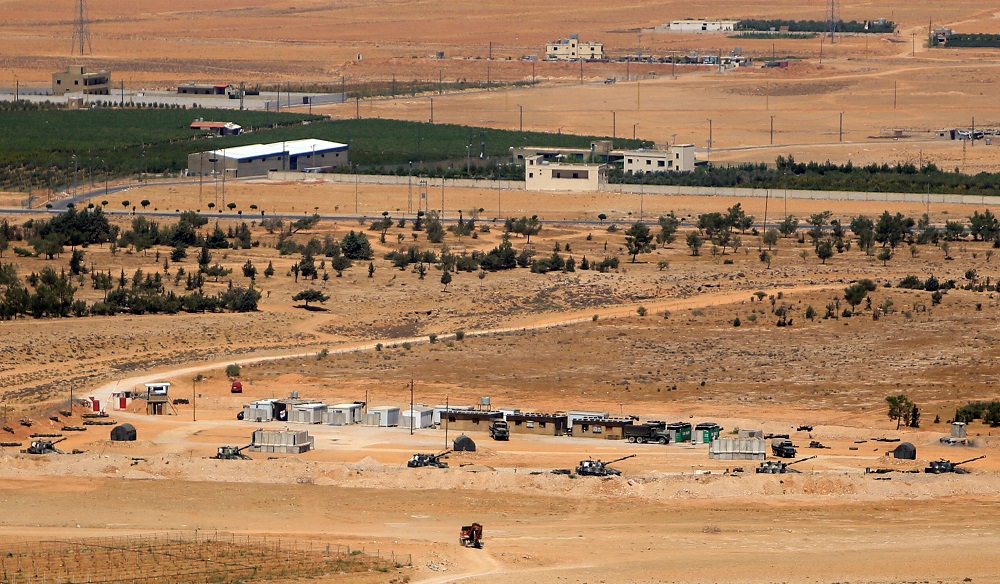Why has the Lebanese army, along with Hezbollah and Syrian regime forces, allowed 250 ISIS terrorist fighters besieged in Lebanese-Syrian barrens to safely leave into Syrian Der Ezzor region; that is from the far west to the far east, an area covering over 400 kilometers within the already torn Syria?
The deal sounds suspicious. It is based on a ceasefire between the Lebanese army, knowing that it hadn’t been fighting there for the past four years, against ISIS.
Based on the agreement, it looked as if the army broke the siege of the murderers in exchange for handing over the bodies of Hezbollah fighters and locating the bodies of the soldiers kidnapped in 2014, with only six found so far.
Why wasn’t, this time, the role of the hero left to Hezbollah as usual?
Apparently, the reason is that this agreement is a defeat and a scandal. The excuse being said here is that the army is the legitimate force.
This doesn’t sound reasonable or even comprehensible. It doesn’t make sense to allow this large number of ISIS fighters to leave alive in exchange of remains, given that Hezbollah claims it is in control of those mountains.
Families of the deceased Lebanese soldiers considered this agreement a betrayal of their children’s rights. They relied on the army’s statements that they regained control of the Qalamoun and with only 20 kilometers left out of 100 kilometers.
The blatant truth is that Hezbollah was not capable of controlling that area. Hezbollah justifies the agreement saying it is not a strategic region. But this is not true. The area is ISIS’ safe haven, and from there it can threaten all of Lebanon’s northeastern area. It is also only a few kilometers away from Syria.
The mysterious part is the transfer of ISIS fighters to Der Ezzor, a long trip that usually requires five hours and it may even take a full day or even more now.
What is it that concerns us in such a small battle within Syria’s big war?
Through this battle, we try to understand the combination of forces in the fields. If ISIS succeeded in saving its fighters besieged in Lebanese Qalamoun and barrens and then ensure their safe transfer into Der Ezzor, this means that, unlike what we hear, ISIS is still strong.
This also means that any agreement between Russia and Iran enforced on other Syrian forces later on will only be an illusion of peace.
This doesn’t mean that terrorist organizations inside and outside Syria are falling apart.
Indeed, especially that most of their losses were because of strikes caused by the Western coalition, given that the Russia-Iran coalition focuses its strikes against Syrian organizations fighting Assad regime. They want to oblige the organizations into accepting Assad’s political project.
The difference between the defeat of an armed Syrian organization and a terrorist one like ISIS and al-Nusra Front is that the terrorist forces are capable of operating underground after their defeat. It can exist in a secretive environment.
Hezbollah wanted to tag its name to the victories because it publicly thrives on them, that is why it left al-Qalamoun agreement to the army to face people’s anger and resentment. It is as if the army was the one agreeing to the swap deal in exchange for evacuating ISIS. This seemed a losing deal and an embarrassing defeat to everyone.
Hezbollah chose and conceded this time the heroic role for the sake of the overpowered Lebanese Army.
